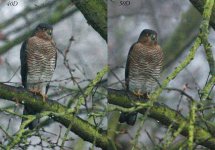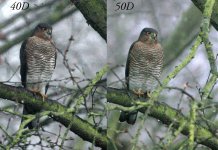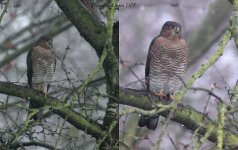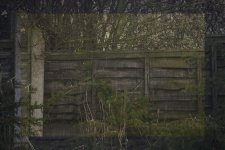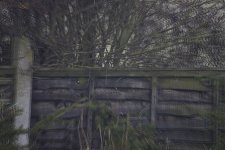Saphire
Christine
Very good, but the noise reduction are just a bit too strong. With mine I shut off the NR, the result are much better and the noise are very fine. At least you can select to remove only the chroma noise in DPP. Naturaly the 50D meter to the right (overexpose) wich help greatly with noise management. Compared to the 40D noise, the one of the 50D are very very fine, in print it is invisible.
avan, I have all noise reduction disabled in camera and only applied a little chroma noise in cs with define 2 before a selectively sharpened. I don't like using the lumin slider it smears any detail so never us it on bird photos.
The photo of the fieldfare was taken at an acute angle about 45 deg through a double glazed window so any detail lost is probably due to that. Its very rare during the winter I get any taken outside they are always through the window, opening and closing doors usually scares them of.
Last edited:





